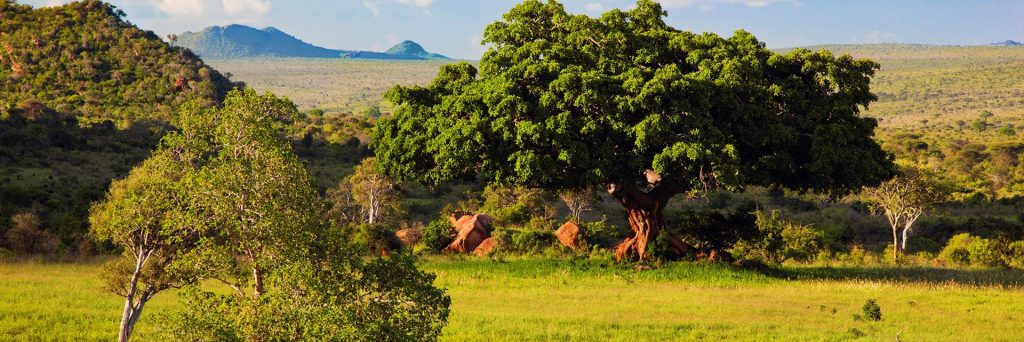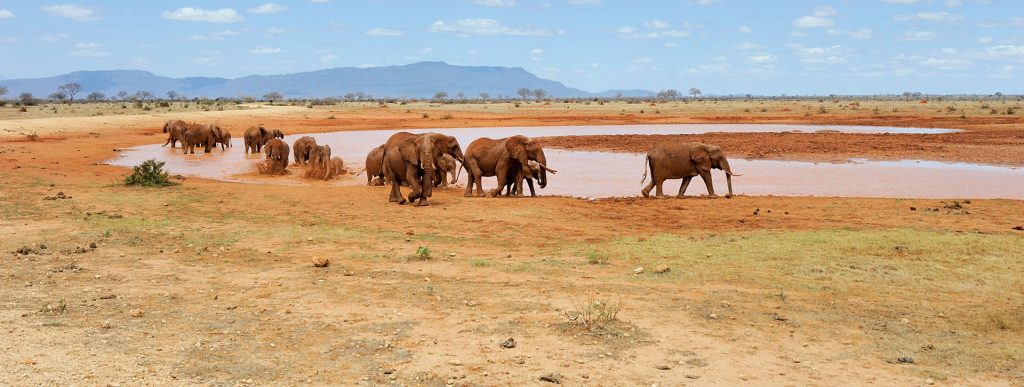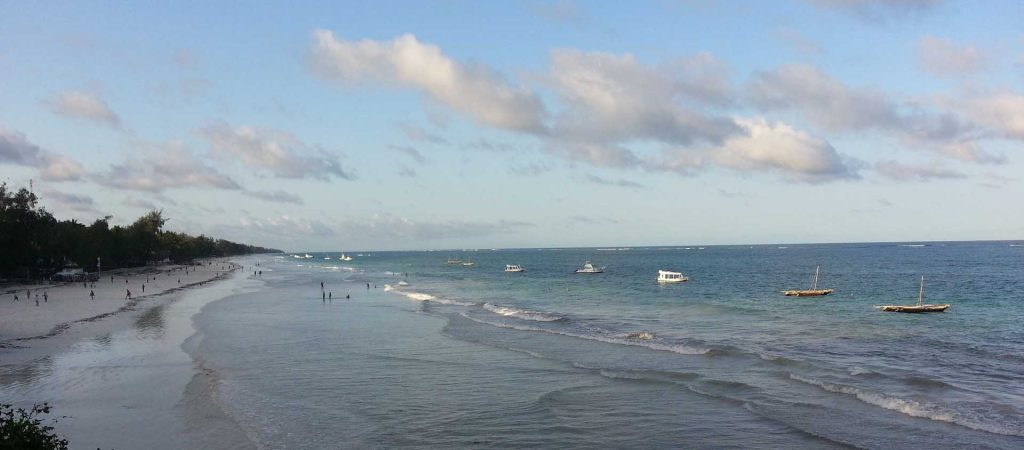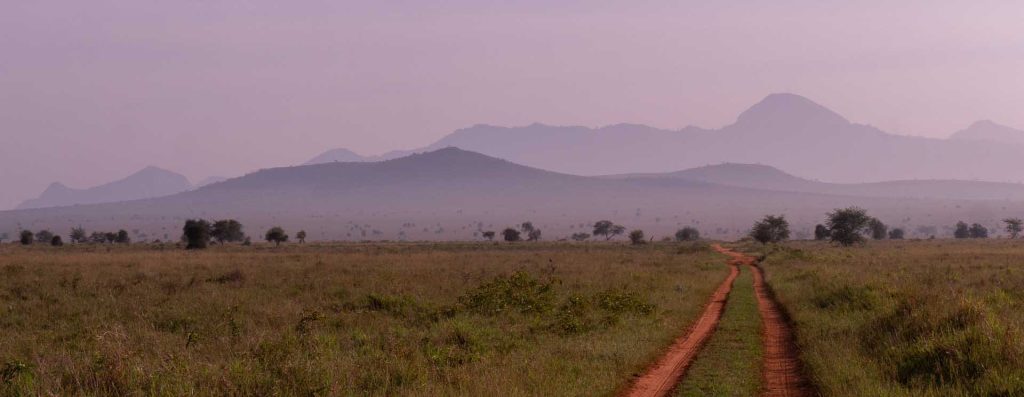Kenya Top Destinations
Nairobi National Park
Nairobi National Park, the oldest among Kenya’s national parks, boasts a remarkable Black Rhino Sanctuary. Despite its proximity to the city, this park is a haven for lions, leopards, hyenas, and various other Kenyan wildlife. Its convenient location near Nairobi makes it easily accessible for both locals and tourists seeking an authentic safari experience without the need for overnight stays elsewhere. Nestled along the Embakasi River, Nairobi National Park is home to thriving buffalo herds and a significant population of ostriches. Moreover, it offers an excellent opportunity to witness the wildebeest migration during the summer months and encounter four of Africa’s renowned “Big Five” animals.
Nairobi National Park, established in 1946, is relatively small compared to other national parks in Kenya. It serves as a testament to Kenya’s natural state from over a century ago when the city of Nairobi was just beginning to take shape. Encompassing an area of 117km² (44 square miles), the park showcases the diverse landscapes of Kenya, including plains, forests, gorges, and lush vegetation along the Embakasi River. Its high-altitude savannah terrain is adorned with acacia trees scattered across the open plains. Situated just outside the capital city of Nairobi, the park shares a boundary with the city’s industrial area.
This proximity to a major urban center poses challenges in terms of protecting wildlife such as lions, leopards, and rhinos, as well as the black rhino conservation program. Conflicts occasionally arise between the local Maasai tribe and the city’s four million residents. Additionally, ongoing development and increasing air pollution from nearby industries present further issues. It is indeed a peculiar sight to witness a giraffe grazing against the backdrop of towering skyscrapers! One of the park’s notable features is its black rhino sanctuary, which offers a unique opportunity to observe these endangered animals in their natural habitat.
While elephants are absent from the park, visitors can still encounter four of the “Big Five” (lions, leopards, buffalo, and rhinos). Other commonly spotted wildlife includes giraffes, elands, zebras, wildebeest, hippos, and crocodiles along the Embakasi River. With a staff of 120, Nairobi National Park attracts over 100,000 visitors annually who come to witness the captivating African wildlife. When embarking on a safari, it is advisable to carry a notebook, a spotter’s guide, and an ample supply of water.
By road:
10km South of Nairobi City Center.By Air:
Jomo Kenyatta International Airport and Wilson Airport.The black rhinoceros, which is currently at risk of extinction, is safeguarded within this area, and the park provides black rhinos to other national parks. Embark on a thrilling game drive to catch a glimpse of the magnificent “Big Five” animals, including lions, leopards, buffalo, and rhinos, although elephants are not present. Additionally, visitors can indulge in leisurely walks along the scenic trails and make use of the five designated picnic sites. This location is renowned for its diverse bird population, with a recorded count of 400 species. Furthermore, turtle and tortoise enthusiasts can also partake in the joy of observing these fascinating creatures.
The ideal time for tourists to visit Nairobi is between July and March, as the weather is predominantly dry and sunny during this period. From April to June, however, the rainy season sets in, making transportation challenging and hindering wildlife viewing on safaris. Additionally, there might be some rainfall from October to December. To reach Nairobi National Park, one can take the road route via Langata Road, which is a mere 7km away from the city center.






